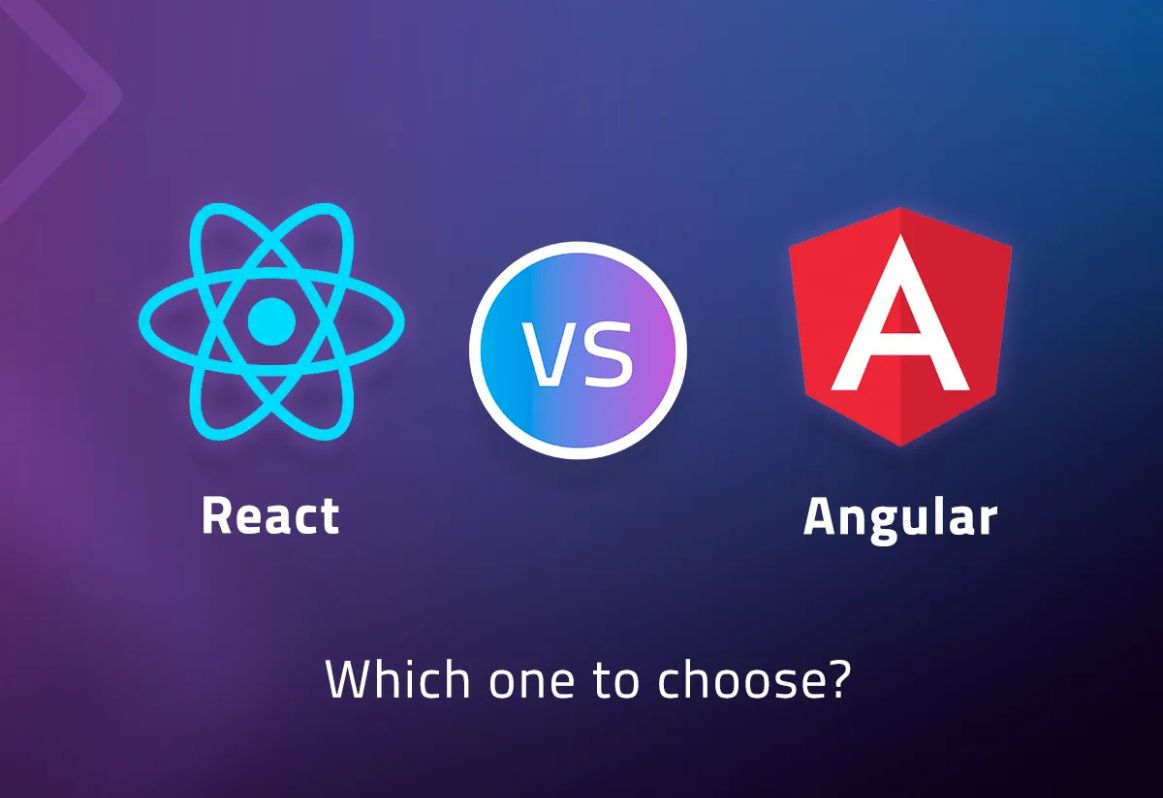Front-end development is the backbone of modern websites and apps. It’s what users see and interact with daily. Two big names dominate this field: React and Angular. If you’ve ever wondered which one is better for your project or career, you’re not alone. Developers and businesses worldwide ask this question all the time. Let’s break it down in simple terms and explore which might be the right fit for you.
What Are React and Angular?
Before diving into comparisons, let’s start with the basics.
React is a front-end library developed by Facebook (now Meta). It’s known for being lightweight and easy to use for building dynamic user interfaces. Think of popular platforms like Instagram or Facebook. Much of their smooth experience comes from React.
Angular, on the other hand, is a full-fledged framework created by Google. It’s designed to build large-scale applications with lots of features right out of the box. If you’ve used Google’s services like Google Cloud Console, you’ve interacted with Angular-based systems.
Real-Life Example:
Imagine you’re building a travel booking website. If you want a simple, fast, and responsive interface for users to search for flights, React might be your choice. But if your site requires more complex features, like booking systems, data handling, and real-time updates, Angular could save you time with its built-in tools.
Ease of Learning: React Is Beginner-Friendly
If you’re new to coding, React is like learning to ride a bicycle. It’s straightforward and doesn’t overwhelm you. All you need to know are JavaScript and a bit of HTML. React also has a huge community, so finding tutorials, guides, and forums is easy.
Angular, on the other hand, has a steeper learning curve. It’s like learning to drive a manual car with advanced features. You’ll need to understand TypeScript, Angular’s template syntax, and other concepts like dependency injection. Once you get the hang of it, though, it’s incredibly powerful.
Real-Life Example:
Emma, a college student, wanted to build her portfolio website. She chose React because she could quickly grasp the basics and start working. On the other hand, Jake, a professional developer working on an e-commerce app, opted for Angular due to its built-in functionalities.
Performance: Speed Matters
Both React and Angular are fast, but they handle speed differently.
React focuses on updating only the parts of a web page that change, thanks to its Virtual DOM. This means your website feels faster and smoother.
Angular, while slightly slower in comparison, makes up for it with its efficiency in handling complex tasks. Its two-way data binding allows instant synchronization between the model (your data) and the view (what users see).
Real-Life Example:
A local coffee shop built a React-based app for customers to order online. It needed to load quickly on mobile devices and update smoothly as users browsed the menu. Meanwhile, a hospital management system relied on Angular to manage patient records, appointments, and real-time updates—tasks requiring robust data handling.
Flexibility vs. Structure: React Offers Freedom
React is like a blank canvas. You get the tools to build anything, but you decide how to organize them. This flexibility is great for small teams or projects where you want total control.
Angular is more structured, providing everything you need out of the box. It enforces rules and best practices, which is helpful for larger teams working on complex applications.
Real-Life Example:
Sarah, a freelance developer, enjoyed React’s flexibility while creating a blog platform for her client. She could mix and match tools to fit her workflow. In contrast, a corporate tech team used Angular to maintain consistency and collaboration while developing a banking application.
Community and Support: React Wins Here
React has an enormous community. Developers worldwide use and contribute to it, ensuring a steady flow of updates, plugins, and troubleshooting tips.
Angular also has a solid community, especially among large organizations. However, its popularity has slightly waned compared to React. That said, being backed by Google ensures it stays relevant.
Real-Life Example:
A startup struggling with a React bug found multiple solutions on GitHub and Stack Overflow within minutes. Meanwhile, an Angular developer joined a Google-hosted event where experts shared insights and offered hands-on support.
Which Should You Choose?
Choose React if you:
- Are new to front-end development.
- Need a lightweight, flexible tool for small-to-medium projects.
- Want a quick turnaround with lots of community support.
Choose Angular if you:
- Are an experienced developer comfortable with TypeScript.
- Are working on a large, enterprise-level project requiring built-in features.
- Want a structured framework for team collaboration.
Conclusion
React and Angular aren’t competitors—they’re tools for different jobs. React offers simplicity and speed, while Angular provides structure and power. Both are excellent, but your choice depends on your project requirements, team size, and expertise.
If you’re unsure, start with React to get a feel for front-end development. Once you’ve gained confidence, try Angular to see how a full framework operates. Learning both will make you a versatile developer, opening doors to exciting opportunities.
“Whether you choose React, Angular, or another tool, remember that every step you take in learning brings you closer to your goals. Front-end development is as much about experimenting and growing as it is about building.”





